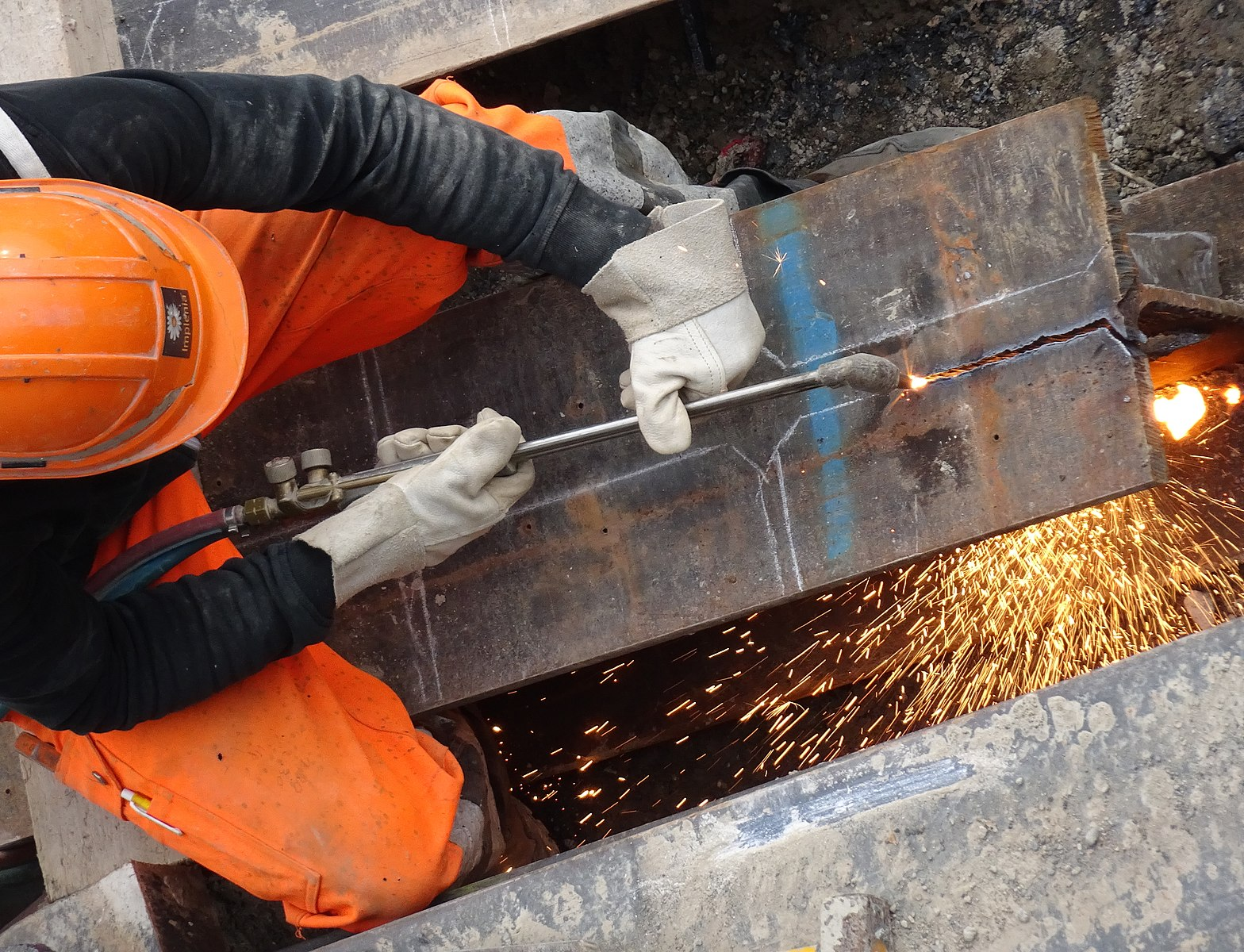Chapter 12: Oxy-Fuel Cutting (OFC)

Overview
It’s 1836 and a man named Edmund Davy is attempting to chemically isolate potassium. However, Edmund is about to make an accidental discovery that will be applied in metalworking industries into our present day. He is about to discover acetylene fuel (Iivonen, 2005).
The combustion of acetylene with oxygen produces the third-hottest chemical flame currently known, burning at temperatures near 6,000 degrees Fahrenheit. Since its discovery, the gas combination of oxygen and acetylene (called oxy-acetylene) has been used in a wide variety of welding and metal-cutting applications in a process called oxy-fuel welding and oxy-fuel cutting (OFC).The primary focus of this chapter is the cutting application, specifically with the use of oxy-acetylene.
In the following pages, we will explore the equipment, setup, and operation of OFC, as well as the safety and handling considerations for working with its particularly volatile combination of gasses.
Objectives
After completing this chapter, students will be able to:
- List the uses of OFC processes in industry.
- Identify equipment associated with the OFC process.
- Identify different gasses associated with the OFC process.
- Explain the fundamentals of OFC techniques.
- Explain the oxy-acetylene welding process.
- Describe safety concerns associated with the OFC process.
Key Terms
- Carburizing flame
- Double-stage regulator
- Kindling temperature
- Neutral flame
- Oxidizing flame
- Rose bud
- Soot
- Sustained backfire
- Torch tips
Attributions
- Chapter opening image: Small City, travaux 1-58e-chalumeau by MHM55 is released under CC BY-SA 4.0

